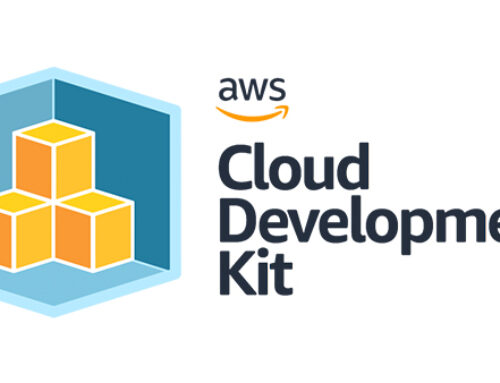
Finding Product Ideas
A business is built on a core idea or many-core ideas. These ideas then shape themselves into a product that engages with customers and helps the business grow. In an organization, a product manager has the responsibility of preparing a backlog for the team to develop. The backlog consists of ideas, feedback, or technical debt. A common misconception is that a product manager has the job of finding product ideas and serving them as a backlog. The work of any product manager chiefly involves the collection of such ideas. They can contribute to an idea, or find one on their own, but they are not the ones responsible to create a breakthrough on their own.
So, what are the contributing factors to the birth of an idea?
- Employees – Employees get input from outside the company, and this information can be translated into an idea. This idea can be further strengthened as the knowledge possessed by the employee increases. For instance, while discussing a problem with a customer, an employee can find an idea that has scope beyond the solution for that particular customer.
- Metrics – The measurement of various properties can generate ideas. Software metrics include those factors which make a valuable product, testing, budget planning estimation, QA, etc. For instance, if a certain feature of the product shows a decline in customer engagement, some action could be taken based on that metric.
- User or customer – People who use the product can be a contributing factor to the idea. Feedback helps an organization understand what the customer base wants and then act upon it. Feedback ensures that your perception of the product aligns with that of the customer so that users can make the best use of the product.
- Client – In a B2B domain, a client and a user can have different experiences of the same product. A client provides general feedback on the product, and the business can take the inputs into the building and improving the idea that it already has. B2C businesses can only take feedback from customers, while B2B can take it from both the customers and the client.
What are some places to find product ideas?
- Existing ideas – All the ideas that have worked out for an organization often are great places to build upon. After fulfilling one demand of the customer, they often have other new demands. Based on such requirements, another product idea or feature can be built by an organization.
- Customer trends – Multiple websites track customer trends and suggest a general idea based on such trends. These websites are data-driven, backed up by research, and business-focused, providing information related to a particular domain. Some blogs showcase eye-catching ideas.
- Online consumer marketplace – Online marketplaces can show what the currently popular ideas are. Marketplaces also have a curation of top products that can help frame an idea based on the popular products. Consumer marketplaces like Etsy, eBay, Amazon, and Wal-Mart are among the popular ones.
- Online B2B marketplaces – B2B marketplaces are the source of great product ideas. Browsing these marketplaces can act as an inspiration for a new idea. There are a lot of potential ideas to be picked up from the marketplace. B2B marketplaces like Alibaba, Handshake, and Oberlo are some popular ones.
- Customer reviews – Product review sections are some of the best places to look for a niche, innovative ideas. Any online store will have plenty of product reviews along with customer complaints, issues, and suggestions. Such feedback is invaluable as it tells you how to make a profitable product and make improvements such that the product is better.
- Crowdfunding platforms – Crowdfunding involves raising funds for a venture, cause, or project from people directly, using an online platform. Such platforms feature great product ideas. These platforms can also show how much a project has raised, indicating the success of such an idea. Indiegogo and Kickstarter are popular crowdfunding websites.
- Online forums – Online forums are a gold mine of people expressing their ideas. There are relevant threads that have a community talking about specific products in a targeted niche. A lot of ideas can be taken from the comments and discussions inside such forums. Reddit and Quora are two popular online forums.
- Social Media Platforms – Social Media Platforms have become places of relevance for business. Hashtags are a great tool to find what products people desire to buy and what are the popular products of the current times. Popular social media platforms include Facebook, Twitter, Instagram, and Pinterest.
- Search Engines – The most straightforward method to find good product ideas is using tools from search engines. Popular terms used on searches can be seen with Google Keyword Planner. With Google Trends, products are trending globally and regionally can be seen easily. Even a basic search function can provide results related to product ideas easily.
- Competitors – Competitors and brands that sell similar products can always be used as a source of inspiration. Whatever products work for these organizations are tested in their market and are successful. Such ideas can be tweaked and used as a starting point to build on.
Thus, all products begin as ideas, and the better the idea, the more successful the product. Ideas can be found anywhere, from everyday life to the Internet. It can also be derived from a customer wishing for the existence of a feature. As the sources of ideas are so many, there is also scope to mix and match and create a new idea from a combination of ideas. Most importantly, a product idea does not need to make a big contribution to society. Even small ideas which help make a user daily life better is also successful product idea.


